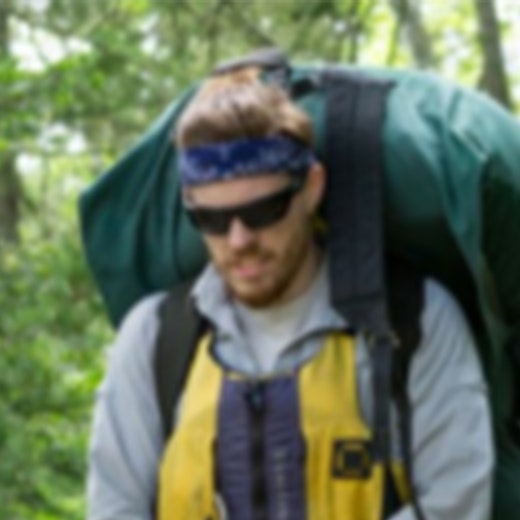Many an alumni have fond memories of Nature Boy, a mysterious log that floated vertically in the camp bay. But few campers within the past 30 years know the full story of Nature Boy, or that he still may live just beneath the surface… The following interview took place with Vicki Erdmann Burgman in the summer of 2015.
The story goes that “Nature Boy” is from the logging era, and that at least one or more people died chaining it to the bottom of the lake. You could take the log and spin it, and it would unwind, which is why we thought it was chained.
I don’t know exactly how it worked but it would move. One morning we’d wake up and it was over here, then the next morning it was over there, and you just couldn’t believe it! So everyone called it Nature Boy.
I used to be able to play in the stumps around here… they were so big! There were loggers that used to live here back in those days. It was like a playhouse when I was young. We’re talking about really big trees—2 to 3 feet wide in diameter!
There were just several of these massive White Pine stumps. When the dam was built, the lakes changed significantly. Before the land went out much further. Just how much, I’m not quite sure, but it was significant. In fact, there are probably artifacts of the logging era around the lake, just beneath the surface.
So anyways, Nature Boy was a relic of this logging era, and we would say, ‘you have to be in the bay paddling this side of nature boy.’ It was kind of like a marker. That was considered our bay even though it was out in the channel. And when we had different activities, we’d have canoeing races and sailing races out to nature boy. And it always had character because it moved!
Despite the rumors, Nature Boy most likely had something to do with how the loggers marked the channel. The gulls loved it—in fact, that must have been how it deteriorated over time. Animals that landed on it destroyed it slowly. We knew it was getting smaller over the years. You’d come back the next year and it looked smaller and smaller until one day it wasn’t there. Of course, it could still be there… you know, just beneath the surface. And it was just as much a part of camp as all the islands around here.
John Erdmann adds a little history to the story of Nature Boy:
We suspected logging chains anchored the white pine log called Nature Boy, probably originally used to anchor logs boomed together to move up the river. Cyril Fortier, who owned and logged the Farm an White Iron Lake area, had a lumber camp on South Farm among other Kawishiwi River locations. Fortier built a bridge across Silver Rapids and built a home at what would become Sunset Lodge, just west from the entrance to camp on the Kawishiwi Trail. There was a saw mill on Garden Lake that was operating through the 1930s.
